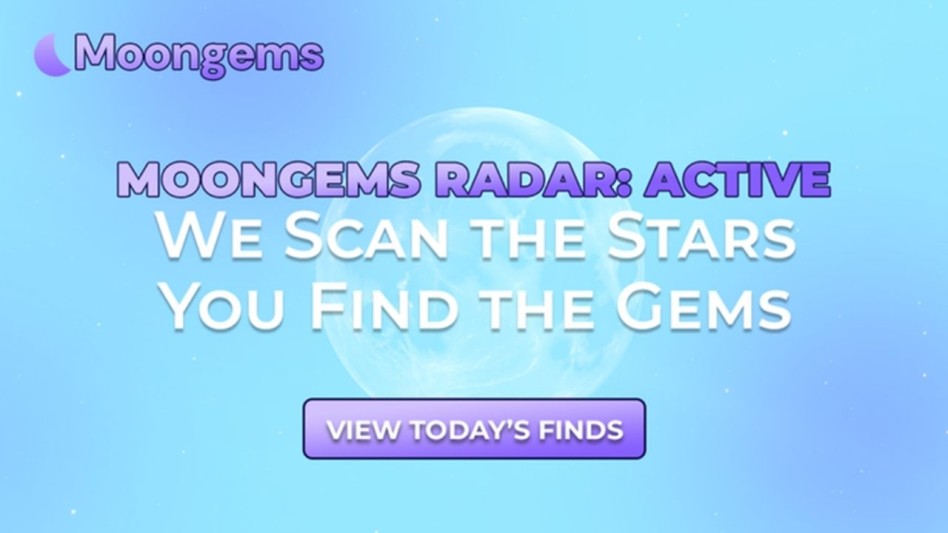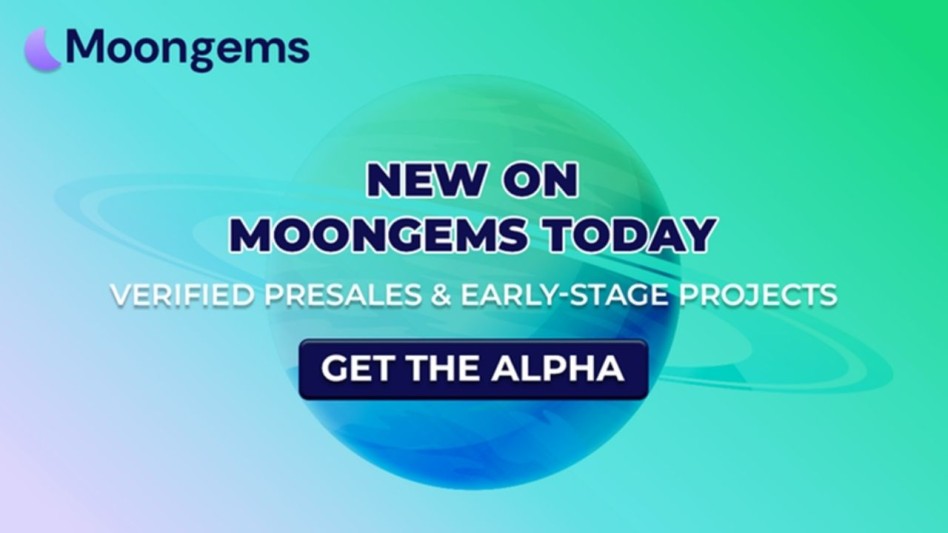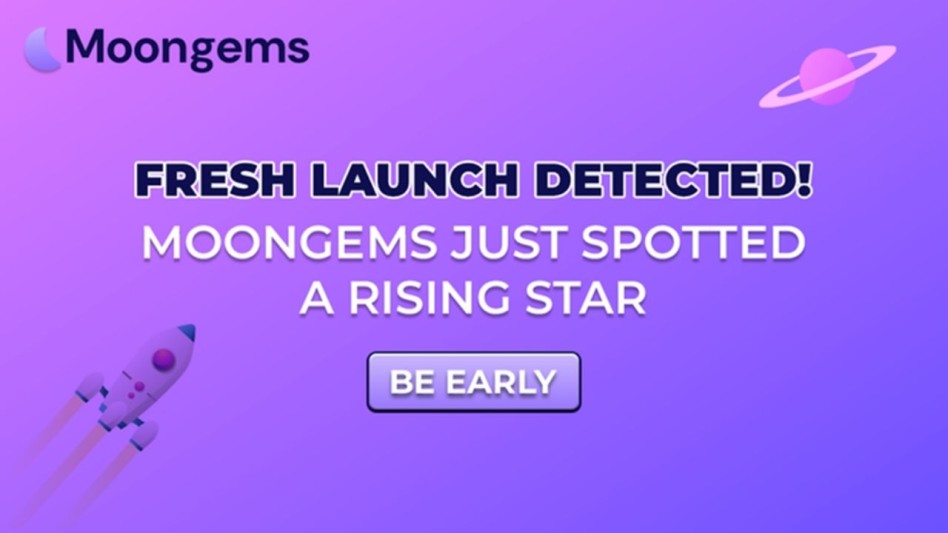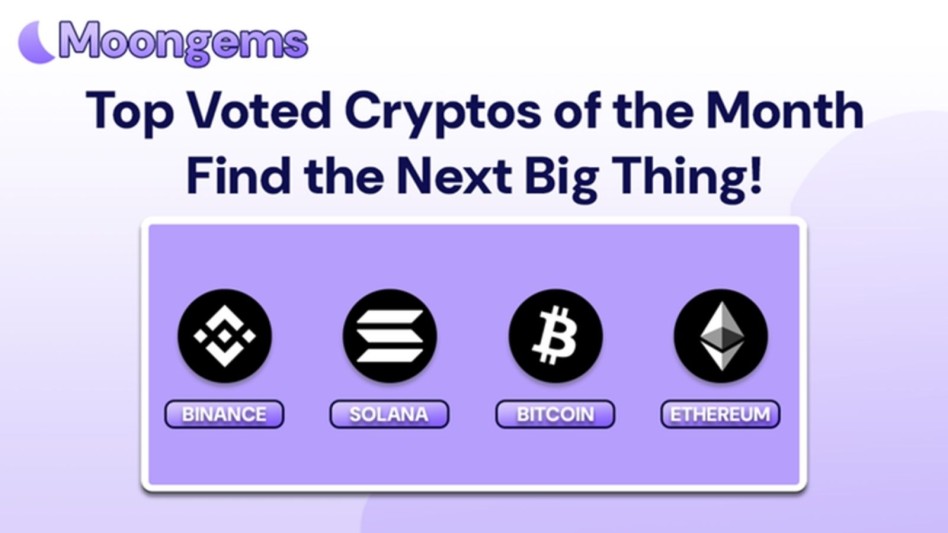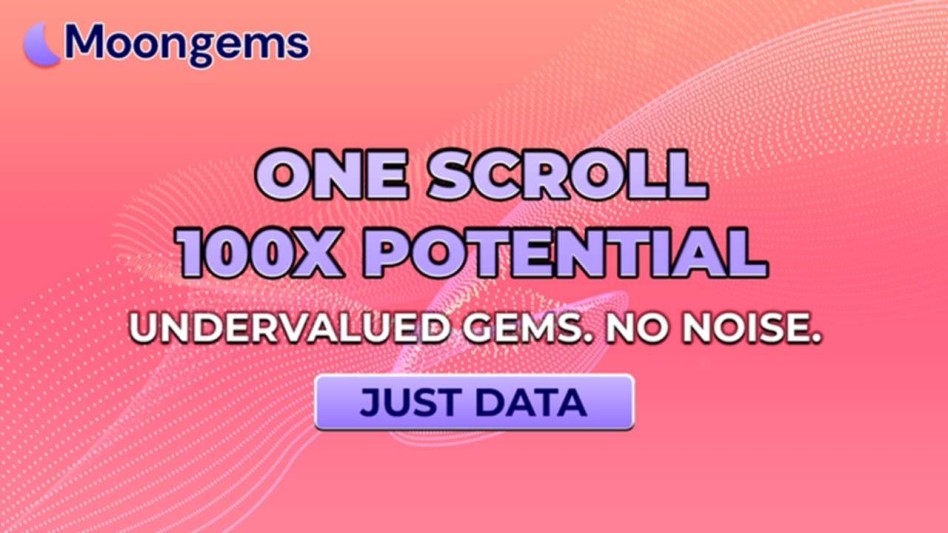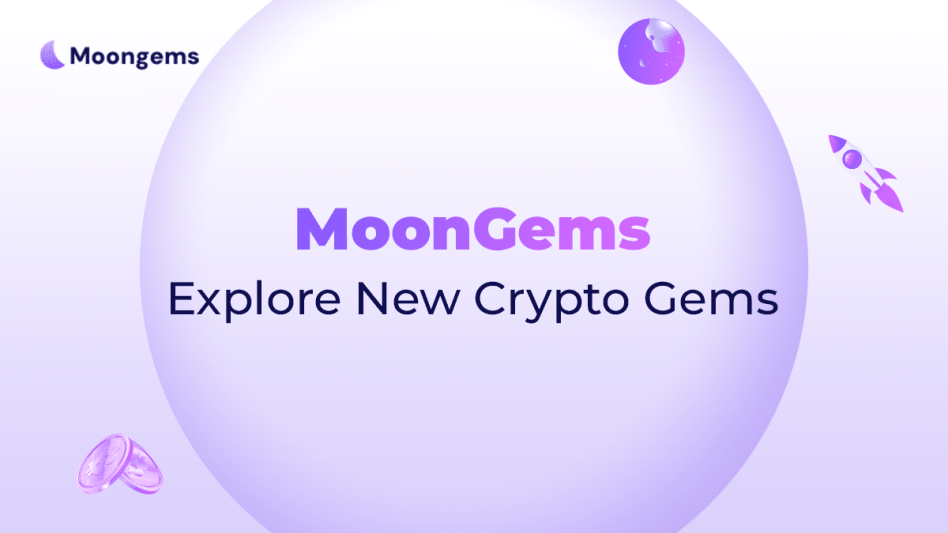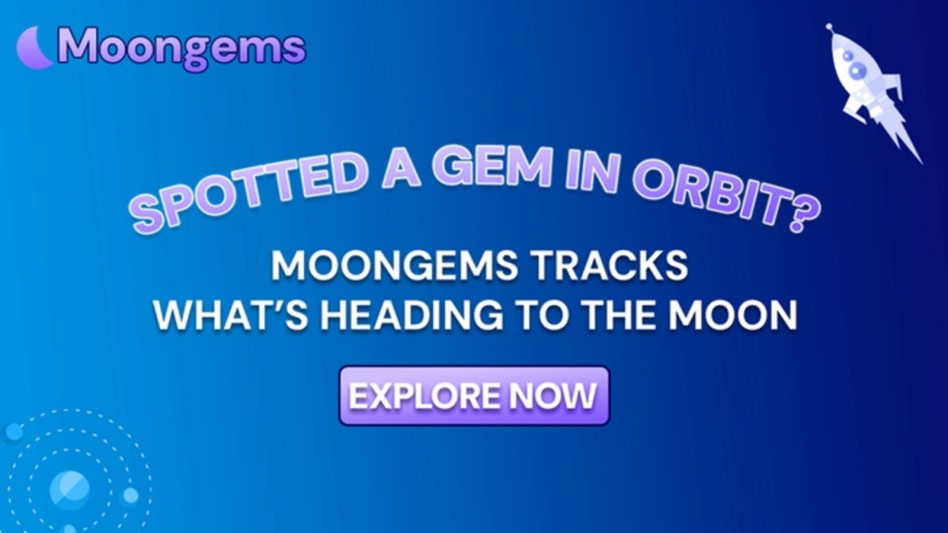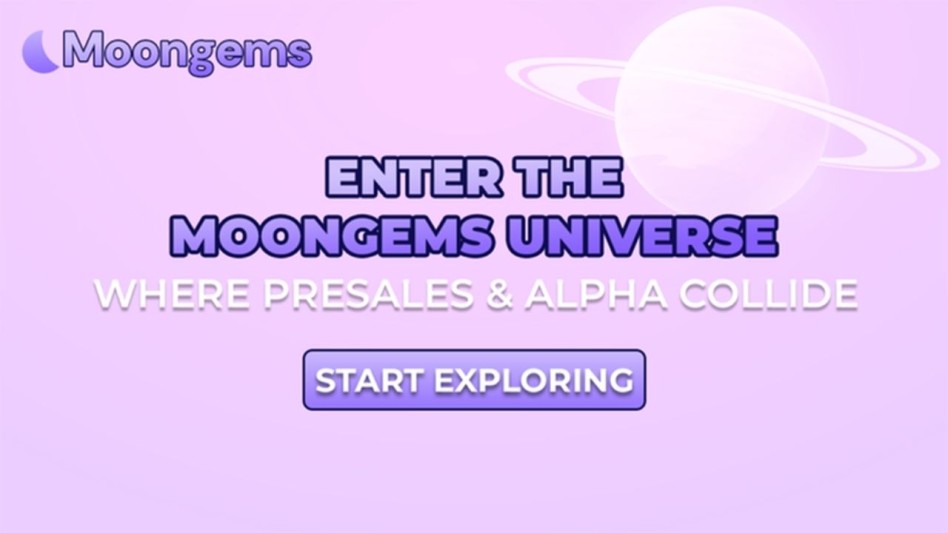Author: Jawad Hussain – Crypto Analyst & Web3 Researcher | 9+ years tracking presales, IDOs, and token launches. Follow him on Twitter and LinkedIn.
In 2025, the world of crypto investing is no longer ruled by spreadsheets and tokenomics alone. Today, we’re seeing a psychological battleground where belief, narrative, and emotion drive presale performance more than raw fundamentals. Investors are not just evaluating codebases but buying into stories, communities, and memes.
Whether it’s a meme coin wrapped in satire or a launchpad promoting a "revolutionary ecosystem," the best-performing presales this year have one thing in common: they tap deep into the human psyche. They trigger urgency, build community identity, and create stories investors want to participate in. The most viral presale tokens are the ones that make people feel like they’re getting in on something bigger than themselves — a movement, a cultural shift, a joke turned global.
This article explores the hidden drivers of presale mania: how FOMO (fear of missing out) and narrative investing are becoming more critical than whitepapers and GitHub repos. It will also break down psychological pitfalls that can lead to poor investment decisions, and spotlight real-world examples like Dogecoin and Shiba Inu — meme projects that successfully blended storytelling, deflation, and community identity.
By the end, you'll know how to recognize when you're being emotionally baited… and when a story is strong enough to ride to a 10x. You're already ahead of the herd if you're tracking these insights with a research platform like MoonGems.
FOMO: The Engine That Powers Presale Momentum
FOMO isn’t new, but in 2025, it’s weaponized. Presale marketers have refined the art of urgency into a full-blown psychological toolkit designed to make you act without thinking. From countdown timers to “next tier price increase” mechanics, projects are built to activate your inner panic buyer.
It starts small: a Telegram group fills up fast. A presale timer starts flashing red. An influencer with a monkey PFP tweets, “Not financial advice, but I’m all in.” Suddenly, the fear of being left behind overtook any rational analysis.
Presales now often come with layered urgency systems:
- Staged pricing models: The earlier you buy, the cheaper the price. Each round makes latecomers feel punished.
- Whitelist exclusivity: Projects limit access to early birds, implying scarcity and elite access.
- Burn mechanics: Tokens from unsold rounds are destroyed, fueling the illusion that supply is rapidly dwindling.
All this combines to turn an investor into a sprinter, not a strategist. Instead of due diligence, people ape in just to be “early.”
But savvy investors know how to use FOMO instead of being used by it. They ask: Is the urgency organic or manufactured? Is this timeline about product readiness or marketing theater? Pausing to evaluate these signals can save you from hype-driven losses. MoonGems offers filters to identify which presales are generating natural community interest versus artificial buzz.
Narrative Investing: Why Story Beats Spreadsheet
Let’s face it: the best-performing tokens in 2025 aren’t always the ones solving real problems. Often, they’re the ones telling the best stories. We’ve entered the golden age of narrative investing, where memes and mythology outshine charts and code.
A great narrative offers emotional clarity. It answers not just “what is this project?” but “why should I care?” It positions a token as part of a larger movement. Whether it's financial rebellion, a joke about dogs, or the idea of a decentralized future, good stories build loyalty and virality.
Here’s why narratives matter:
- Emotional investment: People buy tokens that reflect their values, humor, or identity.
- Viral simplicity: Complex protocols rarely go viral. Meme-driven coins do.
- Cultural momentum: Projects that align with social trends (AI, memes, politics) get amplified by influencers, press, and communities.
Dogecoin and Shiba Inu are prime examples. They didn’t promise revolutionary tech — they became cultural icons. Their origin stories, jokes, and community memes fueled global adoption. The narrative became the utility.
When choosing what to invest in, smart users ask: Is this just another DeFi fork? Or is there a world-building element here that people will rally behind? With MoonGems, you can track trending presales based on storyline-driven marketing and community growth metrics.
When Psychology Misleads: Cognitive Biases to Watch
While FOMO and narrative can help you spot early trends, they also expose you to mental traps that distort your decision-making. In 2025, presale investors are getting smarter, but so are the psychological games being played against them.
Here are the most common biases to beware of:
- Confirmation bias: You ignore red flags because you’re too hyped. You only follow bullish Twitter voices.
- Bandwagon effect: A Discord is buzzing? Must be legit. But manufactured engagement is cheap.
- Authority bias: You ape in because a big-name influencer says they’re bullish, forgetting they were paid.
- Recency bias: You got lucky on one project, so you assume the next will be the same.
These mental shortcuts are designed for survival, not crypto investing. Presale teams exploit them using influencer marketing, artificial scarcity, and emotionally charged storytelling.
A smarter approach is to pause and use checklists: is the team legit, is the tech verified, is the tokenomics sound? Only after that should narrative and FOMO influence your decision. Ground yourself in facts, then assess the hype.
Case Study: Shiba Inu — Storytelling Meets Scarcity
Among the dozens of meme coins in the market, Shiba Inu stands out because it blends narrative depth with token scarcity and viral community in a way that feels organic and powerful.
Here’s what makes it a psychological masterclass:
- Origin as a “Dogecoin killer”: It gave the market a rival story, turning it into a debate, not just a coin.
- Deflationary mechanics: A significant portion of the supply was sent to a dead wallet (burned), reinforcing the idea of scarcity.
- Massive community: Shiba built one of the largest and most engaged Telegram, Twitter, and Reddit followings.
- Decentralized ecosystem plans: It evolved its narrative from meme to utility, introducing ShibaSwap and Shibarium.
The project doesn’t just sell tokens — it sells a movement. That taps into FOMO (before another listing or burn!) and narrative investing (follow the pack). It’s a smart blueprint for how storytelling can be woven into tokenomics for exponential engagement.
Investors who understand this blend are better equipped to find the next meme's success or avoid projects that try to fake it.
Final Thoughts: Use Psychology — Don’t Be Used By It
Crypto isn’t just a numbers game—it’s a belief game. In presales, belief is often the biggest liquidity driver. Understanding the psychological strategies behind a token launch can help you make better, safer, and more profitable decisions.
FOMO and narrative are not inherently bad. They help tokens get traction and give communities meaning. But blindly following them without analysis is like trading with your eyes closed. The real win is to use both logic and emotion in harmony.
Be the kind of investor who can ride hype without getting trapped by it — and use tools like MoonGems to filter signal from noise.
Frequently Asked Questions (FAQs)
- What is presale psychology in crypto?
It refers to the emotional and cognitive triggers influencing how and why people invest in early-stage tokens before public launch. - How does FOMO affect crypto investing?
FOMO causes investors to make fast, often irrational decisions due to fear of missing out on perceived profits. - What is narrative investing?
Narrative investing is choosing tokens based on compelling stories, community movements, or cultural alignment rather than just technical fundamentals. - Why do meme coins do well in presales?
They tap into humor, identity, and simplicity, making them highly viral and emotionally engaging. - What are some common presale investing biases?
The most common traps are confirmation bias, authority fallacy, recency bias, and the bandwagon effect. - Is Shiba Inu a real example of narrative investing?
Yes. It combines lore, token burn strategies, and community identity to drive investor behavior. - How can I protect myself from psychological traps?
Use a personal checklist, research teams, verify tokenomics, and always pause before investing impulsively.
Glossary of Terms
- FOMO: Fear of Missing Out, a psychological trigger in speculative investing.
- Narrative Investing: Allocating capital based on compelling stories, not just metrics.
- Whitelist: A limited list of approved early buyers in a crypto presale.
- Tokenomics: The economic structure and distribution mechanics of a crypto token.
- Deflationary Token: A token with a shrinking supply due to burning mechanisms.
- Cliff/Vesting: Scheduled token releases to prevent early dumping.
- Presale: Early fundraising phase for a crypto project before public launch.
- Bandwagon Effect: Investing just because others are.
- Confirmation Bias: Seeking info that confirms your belief, ignoring the rest.
- APY: Annual Percentage Yield, the yearly return from staking or yield farming.
Disclaimer
This content is for informational purposes only and does not constitute financial advice. Investing in crypto presales carries risk, including potential capital loss. Always do your own research (DYOR) and consult professional advisors before participating in early-stage investments.



